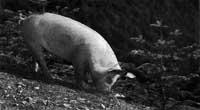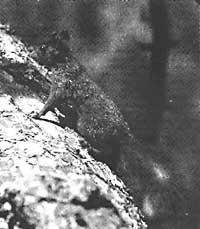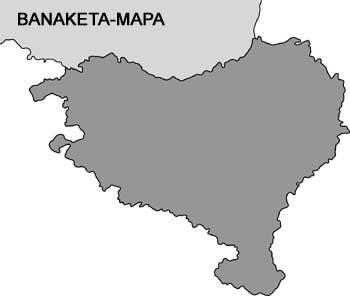Educating the raven, fox and squirrel
1995/01/01 Elhuyar Zientzia Iturria: Elhuyar aldizkaria
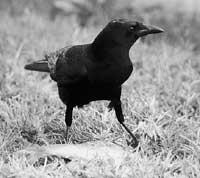
Horse, cat, wolf (turned into dog), wild boar (turned into pig), etc. were educated about ten thousand years ago and it seems that nothing more has been achieved. But the truth is something else.
There are more and more cities and houses on Earth, and we are increasingly close to the territories of other species. We deposit food waste to which several species of animals come to eat. According to US ecologists, more and more hawks, Eskimos, Canadian anthrax, blueberries, wild rabbits, mofets, raccoons, foxes xes and gambarans in urban areas.
This phenomenon, however, does not occur only there. In Britain and France it has also been mentioned on several occasions that foxes approach homes in search of waste. Raccoons, for example, are very skilled at depositing trash and taking advantage of the food remains inside. This is not a serious problem in itself, but if you get used to it you will lose your freedom of food. Antxetas, for example, have become accustomed to living in coastal cities, where they find easy food.
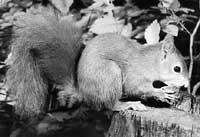
Some of the animal species mentioned are omnivorous. Sailing, for example, can be fed with six hundred different meals. Raccoons eat anything except onion, and we've seen gulls taking chips from tourists. In addition, herbs and raccoons can take advantage of urban gardens.
The approach of these species to urban nuclei poses three problems. The first is to modify the population balances between different species. For example, if there are too many rabbits and squirrels, they want to discard more sensitive species and attract greater predators. If there are too many rabbits, in Europe wolves will approach and in North America coyotes.
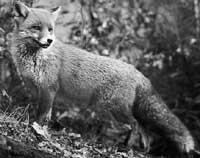
This disaster occurred in India with the flowering of the bamboo plant in the state of Assam, which occurs every eleven years. The flowers attracted the rats and when they proliferated the tigers arrived. When the tigers ate all the rats, they began to attack humans. The bad rice harvest forced the government to send food.
As some animals become domestic, another problem arises. Bird species begin to get lost. For example, when sailing has a high population density, it starts eating other bird species. The cat in the house, for example, catches birds, but what happens when coiotes, foxes and others start doing it?
The third problem is spreading disease to humans. Animals, wild or not, can carry diseases for people and are also places of mutation of germs. It is therefore advisable to keep these animals away from the urban environment.

Gai honi buruzko eduki gehiago
Elhuyarrek garatutako teknologia



